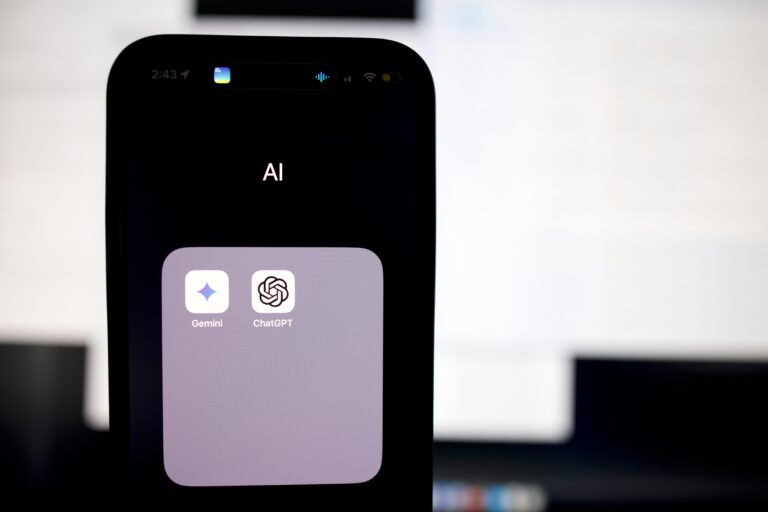The options for technology in the classroom have exploded, but one question that continues to pop up is whether students should use technology to take notes.
Personally, I have witnessed a number of college students with laptops and tablets taking notes in my own classes. With students often bringing their own technology, such as laptops, tablets, and phones that have note capabilities, into
the classroom, it is no wonder that many choose to take notes with these devices. On the surface, it seems as though the medium through which students take notes should not matter. Taking notes is taking notes, right?
Taking notes by hand seems to be better than taking notes using a laptop because it requires students to put the notes into their own words. However, the research is nuanced! It is important to remember,
too, that if laptops are creating distractions learning will suffer.
Taking Notes By Hand May Be Better Than On A Computer.
Research, however, shows the answer is not so simple.
Mueller and Oppenheimer investigated learning after
taking notes by hand or taking notes on laptop computers. The computers in their experiments were all disconnected from the internet to eliminate distraction. In Mueller and Oppenheimer’s experiments, students were assigned to either
take notes by hand or to take notes using a laptop while watching recorded TED talks. Then participants answered factual and conceptual questions about what they just learned. In their first experiment, taking notes by hand led to
greater performance on the conceptual questions relative to taking notes on the laptop computers. Those who took notes using the laptop computer were essentially transcribing the TED talks during note-taking. The researchers noted that
when students have to take notes by hand, they are forced to put the information into their own words and decide what is most important due to limitations in writing speed. We typically can type much faster than we can write, and so
when typing notes, it is much easier to simply type everything. Writing notes by hand encourages processing of the information that is good for learning. To address this, Mueller and Oppenheimer conducted another experiment. In this
experiment, some of the students who were typing their notes were given explicit instructions; students in this group were told not to transcribe what they were hearing, and were asked to put the notes into their own words. The special
instructions reduced some of the transcribing during note-taking compared to the “normal” typing group; however, they still wrote more content than those who were taking notes by hand. On the assessment, the group who took their notes
by hand performed the best.
Not So Fast! The Research On Note-taking Is Nuanced.
So, up to this point, it appears that taking notes by hand is better for learning than taking notes on the computer. However, if we dig into more of the research, we find that the story may be more nuanced – as it almost always seems to
be! For example, in some of their experiments Mueller and Oppenheimer did not find benefits of taking notes by hand on factual questions. In their third experiment, Mueller and Oppenheimer found that those who took notes by hand
performed better than those who used a laptop on both factual and conceptual questions, but only when they were able to study their notes after note-taking this time. There was no difference between note-taking conditions when students
were not permitted to restudy their notes. Bui, Myerson, and Hale found in one of their studies that taking transcription notes using a laptop
led to better performance on factual questions later on compared to taking organized notes by hand, or trying to transcribe by hand, at least when the assessment was taken soon after taking the notes.
Fiorella and Mayer compared taking notes by hand and taking notes on a laptop during learning, and then let the students study their
notes. On a test to assess learning, all of the participants answered questions about factual information, questions that required transfer to new situations, and drawing questions. They found that that those who took notes on a laptop
performed better than those who took notes by hand! To try to understand all of these differing results,
Luo, Kiewra, Flanigan, and Peteranetz conducted an experiment during which students watched a lecture related to an actual
college course they were taking. Students either took notes on a laptop or by hand during a lecture. Some students were then given the opportunity to review their notes before an assessment test. This created four conditions (laptop no
review, laptop with review, longhand no review, longhand with review). During the assessment, the researchers measured learning on text content and on visual content. The
researchers found an interaction, which means that the effect of note-taking medium depended on whether students had an
opportunity to review their notes before the assessment. When the students had the opportunity to review their notes, they generally performed better on the assessment if they took notes by hand than by a laptop. This was especially
true on the visual component of the assessment. However, when they were not able to review their notes, the two methods of taking notes led to very similar performance. Those who took notes with the laptop performed slightly better than
those who took notes by hand, but these differences are not statistically significant.





